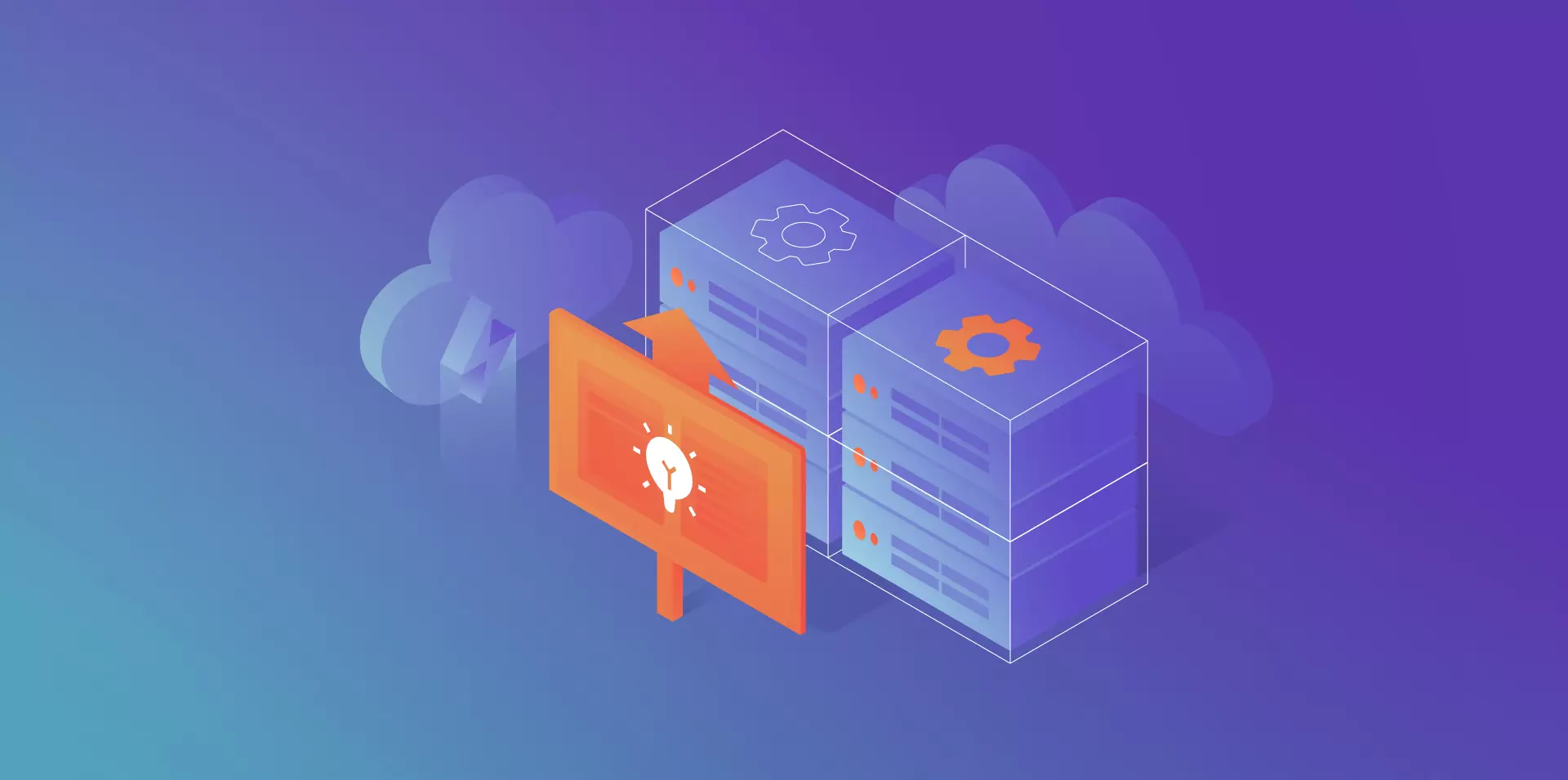How to Migrate On-Premise Databases to AWS RDS with AWS DMS: Our Guide

Migrating an on-premise MS SQL Server database to AWS RDS, especially for high-stakes applications handling sensitive information, can be challenging yet rewarding. This guide walks through the rationale for moving to the cloud, the key steps, the challenges you may face, and the potential benefits and risks.
Why Cloud?
When undertaking such a significant project, you might wonder why we would change something that was working well. Why shift from a proven on-premise setup to the cloud? It’s a valid question. The rise in the popularity of cloud technology is no coincidence, and AWS offers several advantages that make the move worthwhile for us.
First, AWS’s global reach and availability play a crucial role in choosing it. AWS operates in multiple regions and availability zones worldwide, allowing applications to deploy closer to users, reducing latency, and ensuring higher availability. In case of any issues at one data center, AWS’s ability to automatically switch to another ensures minimal downtime – a critical factor, especially for our production environment.
Another significant reason for choosing AWS is the fully managed nature of AWS RDS. In an on-premise setup, you are often responsible for everything from provisioning to scaling, patching, and backing up the database. With AWS, these responsibilities are lifted. AWS takes care of backups, software patching, and even scaling based on demand, allowing the team to focus more on application development and less on infrastructure management.
Cost is another compelling factor. AWS’s pay-as-you-go model eliminates the need to over-provision hardware, as is often done on-premise to handle peak loads. By paying only for resources used, particularly in development and testing environments, expenses are significantly reduced. Resources can be scaled up or down as needed, especially beneficial during periods of lower activity.

Source: https://www.peoplehr.com/blog/2015/06/12/saas-vs-on-premise-hr-systems-pros-cons-hidden-costs/
The challenges and potential difficulties
Migrating a database from on-premise to AWS RDS isn’t a simple task, especially when dealing with multiple environments like dev, UAT, staging, preprod, and production. Here are some of the possible issues that could arise during the process:
- Complexity of the migration process: Migrating on-premise databases to AWS RDS involves several moving parts, from initial planning to execution. The challenge is not just about moving the data but ensuring that all dependencies, configurations, and connections between the database and applications remain intact. This requires a deep understanding of our infrastructure and careful planning to avoid disrupting production systems.
The complexity could increase with the need to replicate different environments – each with its unique configurations – without introducing inconsistencies. For example, the development environment might allow more flexibility, but production requires tight controls for security and reliability.
- Data consistency and minimal downtime: Ensuring data consistency while minimizing downtime for a production environment might be one of the toughest aspects. For a business that operates continuously, even a few minutes of downtime could affect customers and operations. Although AWS DMS (Database Migration Service) supports live data replication to help mitigate downtime, careful timing of the migration might be necessary to avoid conflicts or data loss. Inconsistent data, even for a brief period, could lead to application failures or incorrect reports.
Additionally, setting up the initial full load of data followed by ongoing change data capture (CDC) could present a challenge. Close migration monitoring might be essential to ensure no changes are missed while data is being transferred.
- Handling legacy systems: Some existing systems might not be fully compatible with cloud-native features, requiring certain services to be rewritten to work in synchronous or asynchronous manners to avoid potential timeout issues within an organization’s applications.
- Security and compliance considerations: Security is a major concern throughout the migration process, especially when moving sensitive business data to the cloud. AWS offers robust security tools, but it’s necessary to ensure that everything is correctly configured to avoid potential vulnerabilities. This included setting up IAM roles, policies, and firewalls and managing infrastructure with relevant tools. Additionally, a secure connection between on-premise and cloud databases would likely be crucial to safeguard data migration using AWS DMS.
- Managing the learning curve: For a team relatively new to AWS, the learning curve can be steep. AWS offers a vast array of services and features, each with its own set of best practices, pricing models, and configuration options. Learning to use services like RDS, DMS, IAM, and CloudWatch effectively could require time and experimentation with various configurations to optimize performance.
- Coordination across teams: Migrating such a critical part of the infrastructure requires coordination across multiple teams – development, operations, security, and management. Each team has its priorities and concerns, making smooth communication and alignment of goals a potential challenge to ensure a unified approach.
What can be gained by migrating on-premise databases to AWS RDS
This journey isn’t fast or easy. So, is it worth it? Absolutely! The migration to AWS RDS provides significant benefits for database management. With the ability to scale databases up or down based on demand, performance is optimized, and over-provisioning resources is avoided. AWS RDS automates manual backups and database maintenance, allowing teams to focus on more strategic tasks. Additionally, the pay-as-you-go model helps manage and optimize costs more efficiently.
Risks and concerns
AWS is helpful and can make your work easier. However, it’s important to be aware of the potential risks:
- Vendor lock-in: Once you’re deep into AWS services, moving away can be difficult due to the reliance on AWS-specific technologies and configurations.
- Security misconfigurations: While AWS provides strong security tools, a misconfiguration can expose sensitive data. It’s crucial to ensure access controls, encryption, and monitoring are set up correctly.
- Unexpected costs: While AWS’s pricing can be cost-effective, it’s easy to incur unexpected costs, especially if you don’t properly monitor your resource usage or optimize your infrastructure.
Conclusion
Migrating on-premise databases to AWS RDS using AWS DMS is a learning experience. The cloud offers incredible opportunities for scalability, flexibility, and innovation, but it also requires a solid understanding of best practices to fully benefit from it. For organizations considering a similar migration, the key is to approach it with careful planning, particularly around data consistency, downtime minimization, and security.
For those just starting with AWS, don’t be intimidated – AWS provides extensive documentation, and the community is always there to help. By embracing the cloud, we open the door to a more agile, scalable, and resilient future.
Check related articles
Read our blog and stay informed about the industry's latest trends and solutions.
see all articles

Automating Your Enterprise Infrastructure. Part 1: Introduction to Cloud Infrastructure as Code (AWS Cloud Formation example)
Read the article




